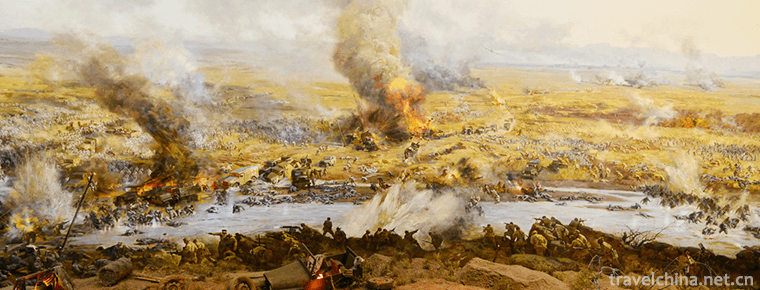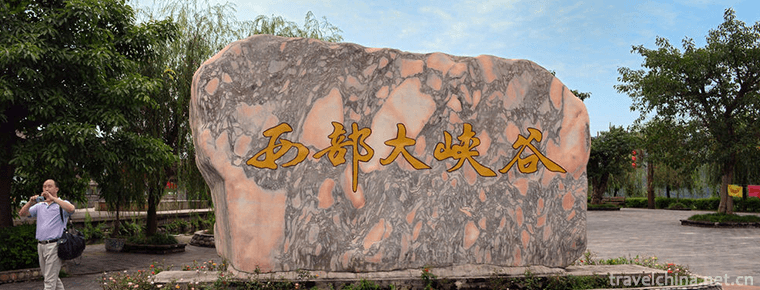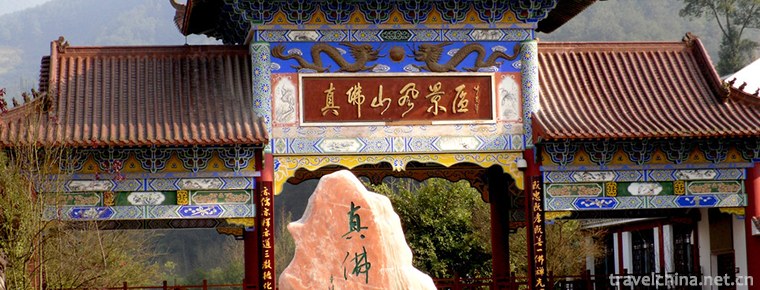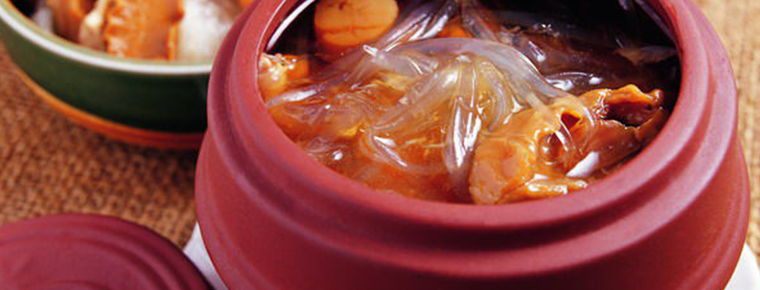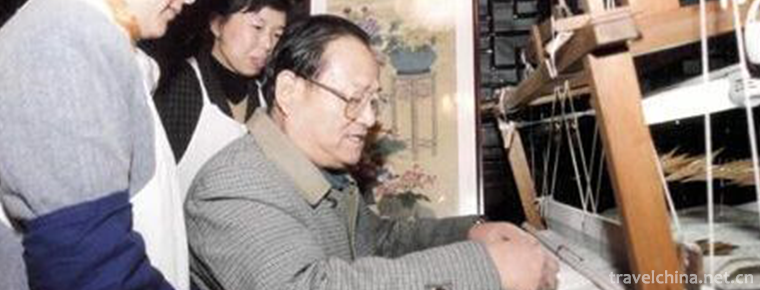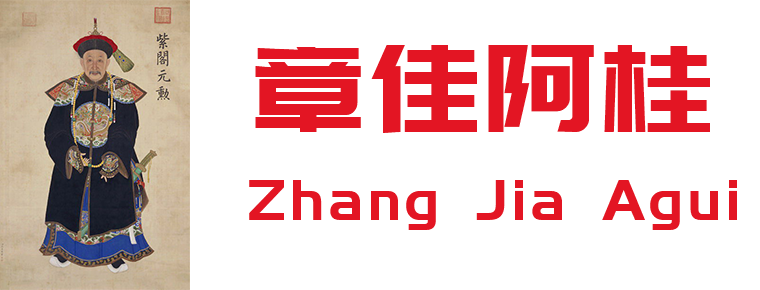Cave Building Techniques
Cave Building Techniques
Cave dwelling is an ancient dwelling form of residents on the Loess Plateau in Northwest China. The history of cave dwelling can be traced back to more than 4,000 years ago. The Chinese people creatively used the favorable terrain of the plateau to dig holes and live in them, creating a cave building called a green building.
Cave Building Techniques
Cave dwelling is a unique form of dwelling on the Loess Plateau. It is a relic of the development and evolution of early human cave dwelling. It is widely distributed in Shanxi, Shaanxi, Gansu and other places. The cave is generally one or two hundred meters long, and it is extremely difficult to seep water. The loess with strong upright character provides good natural conditions for the cave. At the same time, the physical and geographical conditions, such as dry and less rain, cold winter and less trees, also provide an opportunity for the development and continuation of economic and practical cave construction techniques without wood. Under the influence of different natural environment, geomorphological characteristics and local customs, caves have formed various styles.
Cliff-type cave
There are many kinds of caves. According to the layout and structure of the buildings, there are mainly Mingzhuang kiln, earth pit kiln, independent cave, cliff-side cave, sinking cave and so on. Cave building skills are rich and varied, such as flat-top cave is built with adobe or masonry on flat ground. The cliff-type cave is excavated on the plane after a side of the hillside is leveled vertically. The patio cave is more exquisite. Generally, it first digs a hole on the flat ground, about seven meters deep, square around, and then digs under the four walls of the pit to form a patio-like quadrangular house.
Sinking cave
The caves in Pinglu County, Shanxi Province, are called "underground cave yard", "underground cave yard", "Tianjing cave yard", "sunken cave yard" and so on. They can be divided into residential kiln, storage kiln, livestock kiln, Maotai toilet kiln and door cave kiln according to their different uses. Their construction techniques have a history of more than 4000 years. "See trees, see villages, see houses, cave dwelling in the soil, courtyard underground hiding." This folk song makes a vivid description of the characteristics of the construction of cellar yard.
Inside the cave
Cave building is beautiful and durable, warm in winter and cool in summer, comfortable and quiet. It can save land, protect vegetation, and economically save labor. It is a perfect form of building adapted to local conditions. In the era of agricultural civilization, the history of architecture, social life and related folklore and culture in Northwest China, cave building technology has irreplaceable important reference value. Since the 1990s, people's lives have been greatly improved, tiled houses have been built, coupled with the impact of modern lifestyle, the process of urbanization in rural areas has accelerated, and the original caves have been abandoned in large quantities, resulting in the collapse of uninhabited. Some villages even knock down caves and fill pits to make fields. Under this situation, the cave building skills may be completely extinct with the disappearance of caves. It is an urgent task to select and protect the original cave and rescue and protect the cave building skills.
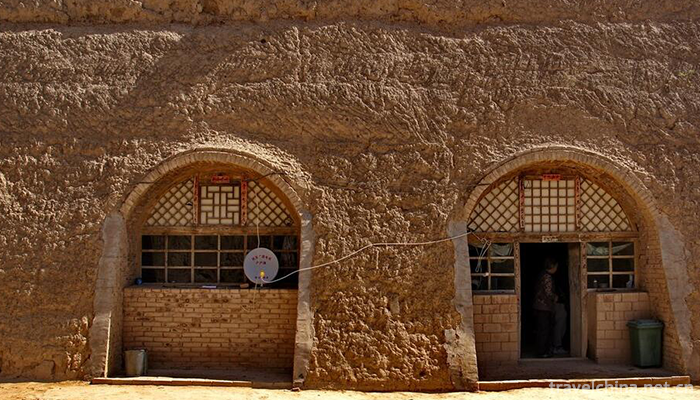
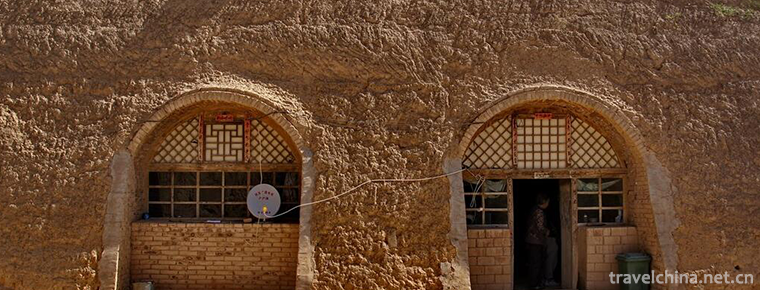
Cave Building Techniques
-
Laiwu Campaign Memorial
Laiwu Campaign Memorial Hall is situated on the Huangshan Mountain in Laiwu District, Jinan City. It covers an area of 45,000 square meters and has a building area of more than 8,000 square meters
Views: 155 Time 2019-01-29 -
Western Grand Canyon
Western Grand Canyon Hot Spring is a national AAAA-level tourist attraction, located in Shuifu City, Yunnan Province, 32 kilometers away from Yibin City, Sichuan Province
Views: 150 Time 2019-02-25 -
Zhenfoshan Scenic Spot
Zhenfoshan Scenic Spot, National AAAA Class Tourist Scenic Spot, Provincial Scenic Spot and Provincial Key Cultural Relics Protection Unit are the "Three Religious Holy Places" integrating B
Views: 149 Time 2019-03-17 -
The Craft of Juchunyuan Buddha Jumping Wall
"Buddha Jumping Wall" is the first famous dish in Fujian cuisine. It is well-known at home and abroad for its exquisite materials, unique preparation method and strong flavor
Views: 134 Time 2019-05-08 -
Silk weaving skills in Suzhou
Tilting, also known as carving, is an ancient and unique traditional weaving process in China. It mainly exists in Suzhou and its surrounding areas. Since the Southern Song Dynasty, Suzhou silk has be
Views: 362 Time 2019-06-17 -
Linking Luhe boxing
Xinyi Liuhe Quan, also known as Xinyi Quan and Liuhe Quan, is one of the most famous excellent types of boxing in China, which combines fighting, fitness, self-defense and health preservation. It is o
Views: 171 Time 2019-07-06 -
Zhang Jia Agui
Ah Kui (September 7, 1717 - October 10, 1797). Zhang Jiashi , word Guang Ting , Number Cloud cliffs Manchuria's blue flag people (after the war in Xinjiang were promoted to Zheng Bai Qi), a Bachelor o
Views: 208 Time 2019-09-11 -
Climate of Luzhou
Luzhou city belongs to subtropical humid climate zone, and the three-dimensional climate is obvious in the southern mountainous area. It has high temperature, sufficient sunshine, abundant rainfall, four distinct seasons, long frost free period, temperature, light and water in the same season
Views: 388 Time 2020-12-14 -
Guangyuan secondary industry
In 2018, the total industrial added value of Guangyuan was 30.018 billion yuan, an increase of 9.4% over the previous year. The contribution rate of industry to economic growth is 44.3%, which drives economic growth by 3.7 percentage points.
Views: 350 Time 2020-12-15 -
Neijiangs first industry
In 2019, the sown area of grain crops in Neijiang is 309600 ha, an increase of 0.3% over the previous year; the sown area of oil crops is 79900 ha, an increase of 0.4%; and the sown area of vegetables is 78100 ha, an increase of 2.3%. The total grain output
Views: 316 Time 2020-12-16 -
Plant resources in Nanchong
There is only one kind of Metasequoia glyptostroboides introduced and cultivated in Nanchong City; there are two kinds of wild protected plants, namely, fragrant fruit tree and narrow leaf pygmy grass, and two kinds of cultivated Ginkgo biloba and Eucommia
Views: 366 Time 2020-12-17 -
Meishan economy
In 2019, the gross domestic product (GDP) will reach 138.02 billion yuan, an increase of 7.5%. Among them, the added value of the primary industry was 19.916 billion yuan, an increase of 3.0%; the added value of the secondary industry was 52.713 billion yuan,
Views: 354 Time 2020-12-18
